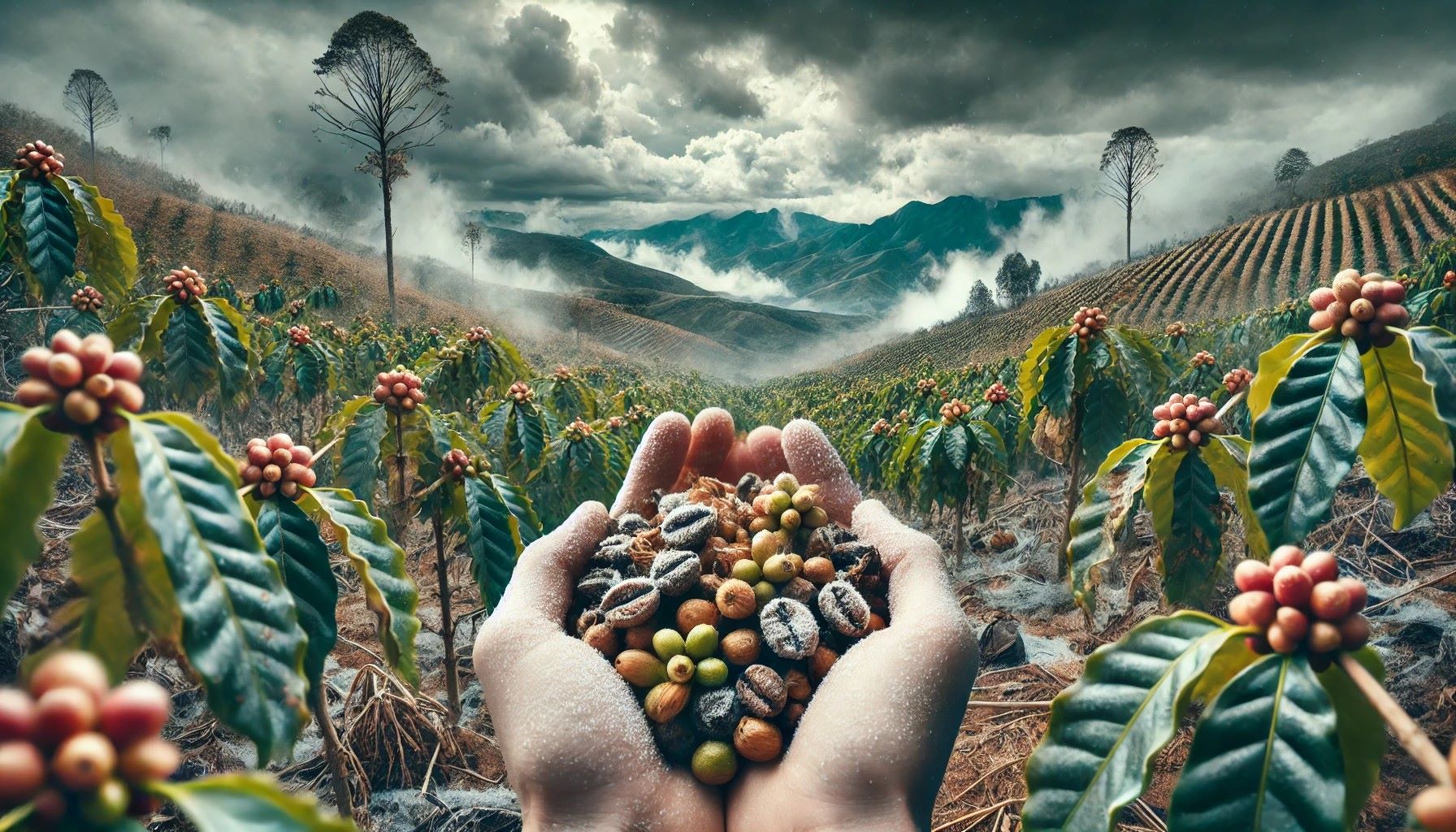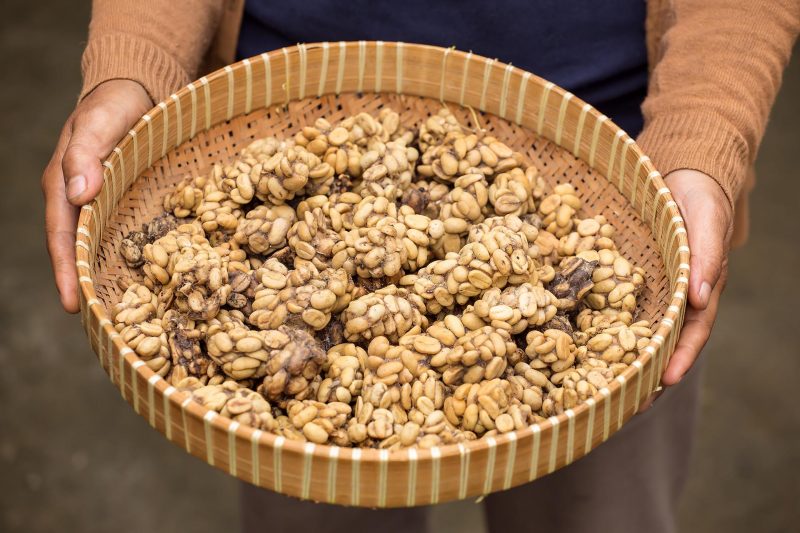Coffee Prices Surge Amidst Adverse Weather Conditions

As prices rise in reaction to unfavourable weather conditions affecting major coffee-producing countries, the coffee market is seeing a noticeable upswing. Unexpected frost and drought patterns have impacted Brazil, the world's largest producer of coffee, affecting both the quantity and quality of coffee beans. In addition to interfering with production, this weather instability has increased worries about supply shortages, which has caused coffee prices to rise globally.
Due in large part to supply-chain issues, coffee prices have reached some of their highest points in years in recent months. The worldwide coffee market has been affected by Brazil's environmental issues, and suppliers and consumers are becoming more concerned about the long-term effects on cost and supply. Additionally, the supply problems have been made worse by transportation bottlenecks and rising fuel prices, which have increased the pressure on the final product's price.
Roasters and cafes are having to modify their pricing plans to lessen the impact, which is being felt globally. Nowadays, a lot of coffee shops are trying to decide whether to pass on increased expenses to customers or absorb them themselves. Customers and industry stakeholders are becoming concerned as small-scale coffee shops, in particular, struggle to stay profitable without boosting their pricing.
The scenario is still unclear going forward because forecasts indicate that coffee-producing regions will continue to see erratic weather patterns. The potential for more frequent frosts and droughts might result in persistently high pricing and a long-term shift in the way the coffee business functions. In order to preserve stability, the coffee market may need to reconsider conventional production methods and look into new growing places as climate change continues to affect weather extremes.


















